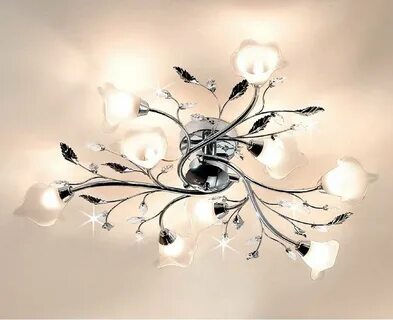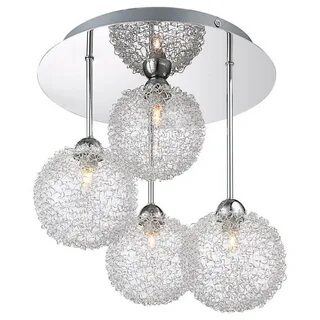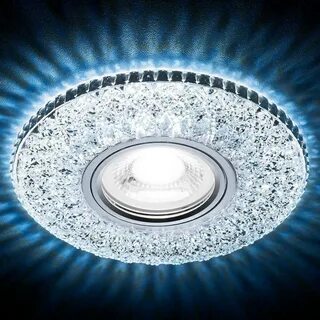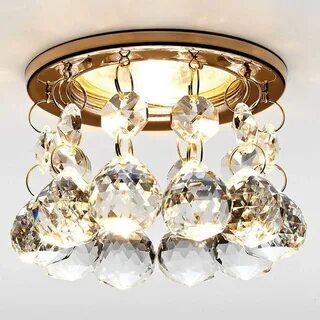
Energy-saving lamps have withdrawn from the stage of history. At present, almost all household lamps are household LED lights.
However, there are so many LED lamps on the market that it is difficult to distinguish the good from the bad. This article will teach you how to select high-quality LED lights.
LED lamps actually consist of three parts: driver, light source board, and heat sink. First, let’s talk about the driver. Normal household LED lights generally choose non-isolated drivers. This driver has average cost, high efficiency, and good reliability. Voltage fluctuations do not affect the lights’ ability to work.
However, in order to compete with prices in the current market, many companies will use resistor-capacitor step-down or linear power supplies instead of non-isolated power supplies. Both of these power supplies are not very resistant to impact. If a nearby thunderstorm causes a surge voltage, it will most likely cause damage. , can only work at the set voltage.
For example, 220V, as long as the voltage fluctuates, the light will also fluctuate, so when purchasing, be sure to check the input voltage range.
Resistance-capacitance and linear voltages are generally writt-en as 220-230v, and non-isolated power supplies are generally writt-en as 175-250v, and some can be 110 -250v voltage fluctuation has no effect on this lamp.
The chip inside will automatically adjust the duty cycle of the square wave to achieve stable output, so be sure to check the input voltage range when choosing.

Next, let’s talk about the light source board. At present, most of the LED light sources are weld-ed on the aluminum substrate. It is difficult to see the quality of the light source with the naked eye, but generally it is not a problem after a few years of use. But you can look at the light on the package. It is better to select a color temperature that is below 6000k. European and American countries like a color temperature of around 3000k, which is slightly yellowish like the sun just rising in the morning.
In our country, we like whiter ones. Generally, 6000k is like the sun at noon. It is whiter, but more dazzling. The best choice is to use a light source with a 4000k color temperature, as it is a more moderate option. The light will appear blue if it is above 6000k. This is what is call-ed blue light hazard, so do not choose a color temperature above 6000k.
Let’s finish with the heat sink. Since the LED light source generates heat when it is working, if the heat is not dissipated in time, it will damage the LED, so a heat sink is needed.
Generally, the bulbs on the market are plastic-coated aluminum heat sinks, which means they feel like plastic to the touch. , there is actually a layer of aluminum inside.
The more power the LED has, the higher the temperature. The heat sink usually has a power limit. So, when purchasing a lamp do not go overboard with power. The A60 is not supposed to exceed 10 watts. If it exceeds the lifespan, it will be discounted.
How to choose LED lights

Blue light is the most important factor to consider when choosing LED lights.
Blue light is very harmful, especially for children under 8 years old. You can learn more about blue light by searching on Baidu.
Since the light from LEDs is a white light that is synthesized by combining three colors, red, yellow, and blue, blue light is unavoidable. A lot of LED research is being done abroad to try and solve the blue light problem. I hope that in the near future we will all be able to use LED lights without blue light.
It is upload-ed online that you can use your mobile phone to judge the strobe of LEDs. This is not a very accurate standard, and you have to make a comprehensive judgment from all aspects of light color.
Energy-saving lamps vs LDE lamps
LEDs can be more efficient and save energy compared to energy-saving bulbs. Especially when the weather is cold, the phosphors in energy-saving lamps need to be fully preheat-ed before they can reach the brightness of the logo. LEDs aren’t required.
For children’s bedrooms, it is recommended to use neutral lighting with a 4000K color temperature.
You can choose between neutral light, white or yellow light for the living room.
Ceiling fan lights are not recommend-ed for use in the living room. On the one hand, the light intensity is not sufficient, so they can be use-d in the dining room.
In terms of household LED lighting, yellow light has less impact on the eyes. White light has more effect, while blue light only affects children younger than 8 years.
How to choose the right lighting fixtures should pay attention to:
- The LED light will appear blueish if there is too much light. This is bad. White light is normal.

American-style lampshades are relatively thick, so it is recommend-ed to use white light bulbs.
- The right size
- Style should be in harmony with the decor of the house.
Lamps play the finishing touch. We must not only choose the style, but also pay attention to the light color. For simple Nordic style, choose simpler lamps. European and American chandeliers are more suitable.
- Pay attention to the quality and light color when choosing
Make the issue of lamp height more popular:
Some customers say that the new Chinese-style and American-style lamps are so thin that they can be touch-ed with hands. uncomfortable!
Answer: Leaving aside the aisle, a good golden ratio effect is the distance between floor in the living room and lamp. In a restaurant, this distance is usually between 0.85 m and 0.95 m.
We buy lights today not just for illumination, but for their decorative and illuminating effects, in order to create a comfortable and warm home.
What is the best wattage to choose?
Generally, it is better to use 30-40 watt lamps for 10-15 square meters.
In general, 70-75 Watt lights are better for a living room that is 15 to 20 square meters. It is best to use 80-90 Watt lights for 20-25 Square Meters. If you have more than 25 square metres, then 105-watt LED lights are better.
Our common lamps:
Light strip
Nowadays, most of the flexible light strips are use-d, but now LED has come out with T5, which is brighter and more stable than light strips.
Because it is connect-ed one by one, it is convenient if a section in the middle is broken and needs to be replac-ed. The light strip is easier to install.
The following are some examples of the use of spotlights
The light can be focused and the angle adjusted. It can be used to highlight certain points. Designers prefer to use spotlights to highlight the effect.
downlight
It is flat, and most of its function is as a lighting embellishment.
Use of 3.5-watt downlights is recommended. If the hole is open-ed in the ceiling, it should be between 7.5-8cm.
It is generally recommend-ed to use a downlight at a distance of no less than 60 centimeters. 80 cm or even 1 meter are also acceptable. If it is use-d for decoration, the number should not be too many.
molecular lamp
The material used for the LED household lights and lamp body as well as its workmanship are the main factors that determine the choice of molecular lamps.
Suitable for Nordic style decor

All copper lamp
All-copper lamps cannot be made of copper. Because copper is relatively soft, it slips easily. The national standard is that the copper content is 60%, which can be call-ed a full copper lamp.
Decor is more often influenced by American and European styles.
corn light
The big corn brands aren’t doing much because of technical bottlenecks, and it is difficult to maintain quality.
But its light-emitting area is large. This corn lamp can be used if you purchase a chandelier that comes with a lampshade. It is generally not recommend-ed to use corn.
Halogen lamp
Halogen lamps emit a yellowish light with a color temperature below 3000k. It is difficult to have a high color temperature, so it is not good for the eyes and the light environment is not very shaping.
Filament bulb
They are actually imitations of previous tungsten filament bulbs, high-wattage filament bulbs. They are not made by many domestic factories. Most of the current filament bulbs have a color temperature of 2700, which is generally use-d to create atmosphere. This may make lighting a bit worse.
If the lamp is simple or European, this type of LED bulb will look better with many Nordic and American lamps. Putting a filament bulb may not necessarily look good
